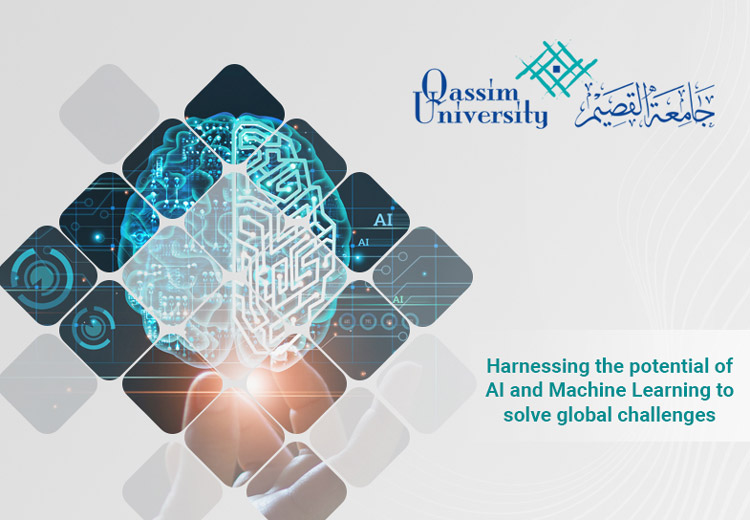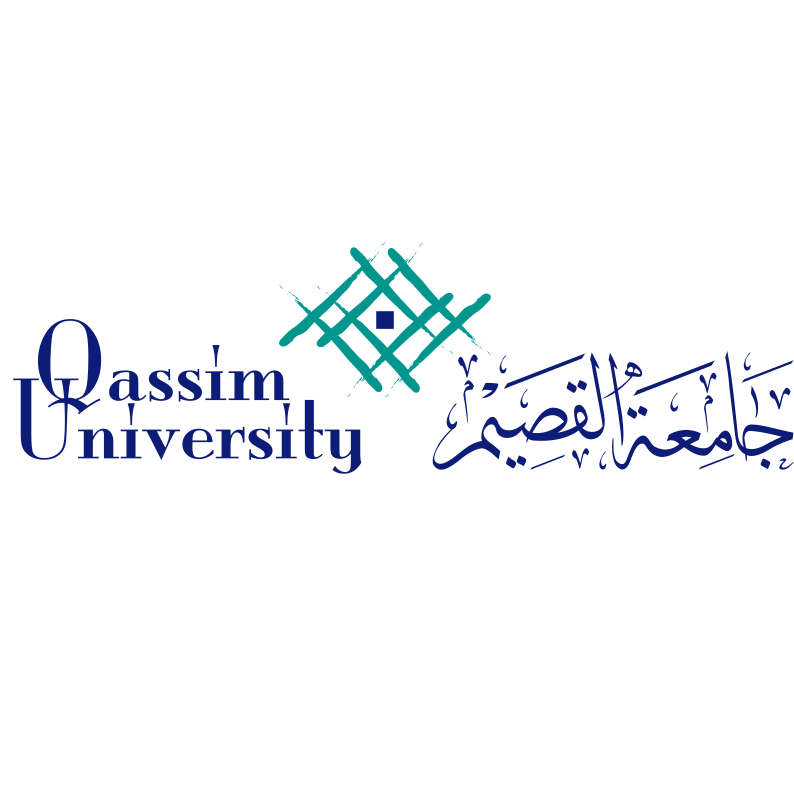Harnessing the potential of AI and machine learning to solve global challenges

Sponsored by

Sponsored by

Researchers at Qassim University are developing AI-based programmes to deal with a wide variety of challenges, from online safety to healthcare
As the world continues its rapid digital transformation, ensuring that these new technologies serve and protect online communities is a growing challenge for innovators in the computing sphere.
At Qassim University in Saudi Arabia, experts are harnessing the potential of artificial intelligence (AI) and machine learning to develop defences against modern threats such as cybercrime and the spread of misinformation. Meanwhile, similar AI-based programmes can be used to develop local projects such as agriculture and to support those living with disabilities.
At Qassim University, AI research is being led by several researchers, including Suliman Alsuhibany, dean of the computer college, and Mohammad Alsuhaibani, assistant professor at the college and head of the computer science department.
Developments in AI have expanded rapidly in recent years, and university-led research has already provided many solutions by way of labour automation. But as the field of research expands, it is Alsuhibany’s belief that AI will play an increasingly important role in cybersecurity.
“An increasing focus for us will be accuracy in cybersecurity applications, enhancing AI algorithms continuously to mitigate against future attacks as far as possible,” he explains. “Right now, we are detecting malware and attacks as they happen, but the aim in the next few years will be to deploy AI to actually prevent attacks from happening in the first place.”
To progress in this area, Qassim researchers are working to improve the AI algorithms themselves. Alsuhibany gives the example of email filters, which can successfully deploy machine learning tools to detect and classify incoming messages as spam. “These algorithms are becoming more sophisticated, allowing the inbox to filter for promotional content or advertising emails, but there is still much room for improvement,” he says.
Experts in cybersecurity warn that cyberattacks are becoming increasingly frequent and sophisticated. Protecting governments, industries and local communities against malicious parties is critical for both national and geopolitical security. Here, AI-based research is providing solutions.
“Computer networks are a target for several kinds of attack every hour of every day, and these malicious programmes are constantly evolving,” says Alsuhibany. “We can use machine learning to feed what we call an ideas intrusion detection system,” he adds, meaning that, as the cyber threats evolve to become more sophisticated, detection programmes evolve alongside them.
While cybersecurity will continue to be a core focus of the computer college research group, projects will vary widely in their scope.
One recent study, co-authored by Alsuhaibani, demonstrates how AI can be used to detect fabricated religious texts, or mawdu’ hadiths – a persistent problem faced by scholars online. His research team developed a model that can determine differences in grammar and text styles indicative of fake scriptures. The programme achieved a 92.47 per cent success rate when tested against inauthentic texts. It’s a project that Alsuhaibani hopes could also have a significant impact on society by reducing the potential for religious intolerance and extremism.
Another project led by the college applies deep learning and AI to agriculture – specifically, date fruit recognition. Saudi Arabia produces more than 450 varieties of dates, meaning sorting and identifying these fruits is a major task requiring significant resources. Through machine learning, the team was able to develop algorithms to detect and recognise the different fruits through automation, speeding up the process for industry workers in the busy harvesting months.
One of the college’s proudest achievements is a project currently under way in collaboration with the Saudi Arabian visually impaired community. As smartphones increasingly allow users to unlock their screens via a pattern password, visually impaired users are excluded from the use of such programmes. Alsuhibany sought to make this process possible for them by exploiting haptics – the small vibrations smartphones make in response to touch – to introduce a vibration-based pattern password approach.
“We attributed each number on the screen a unique vibration measured to the millisecond,” Alsuhibany explains. “Then we undertook a usability study that generated some very valuable feedback from visually impaired users. They explained to us when vibrations were too similar, for example, and we adapted it accordingly.”
Going forward, it is Alsuhibany’s hope that the computer college will engage in more cross-disciplinary work, developing AI-based solutions for healthcare, among other crucial areas. “Establishing community-based research collaborations, such as the pattern password study, will be very important for this work,” he says.
The college has worked on other healthcare-related projects in recent months; VacChain is a blockchain technology programme designed to help health workers coordinate and digitise children’s vaccine records. The programme has been picked up by the government ministry of health for a potential pilot study. If the pilot is successful, it could be rolled out across the country.
“One of the most common concerns people have about testing these technologies is protecting the privacy of the patient,” Alsuhibany says. “But we have ways to ensure the technology is safe, using firewalls, for example.”
The team have even been able to apply computational research practices in the fight against Covid-19. Recognising a resource gap that meant many global healthcare systems struggled to effectively treat and diagnose Covid-19 patients at speed, Qassim researchers proposed a “deep learning” approach to accurately detecting infections based on chest X-ray images.
For the programme, named COVID-CGAN, researchers generated a large data set using original and computer-generated images. The data set was then used to train computer models to accurately detect the disease in more than 99 per cent of patients.
“Importantly, almost all the research we do at the college is supported by local and international collaborations,” Alsuhaibani says. “These are challenges that affect a wide number of people and places, and so we must work together across disciplines to find solutions.”
Find out more about Qassim University.